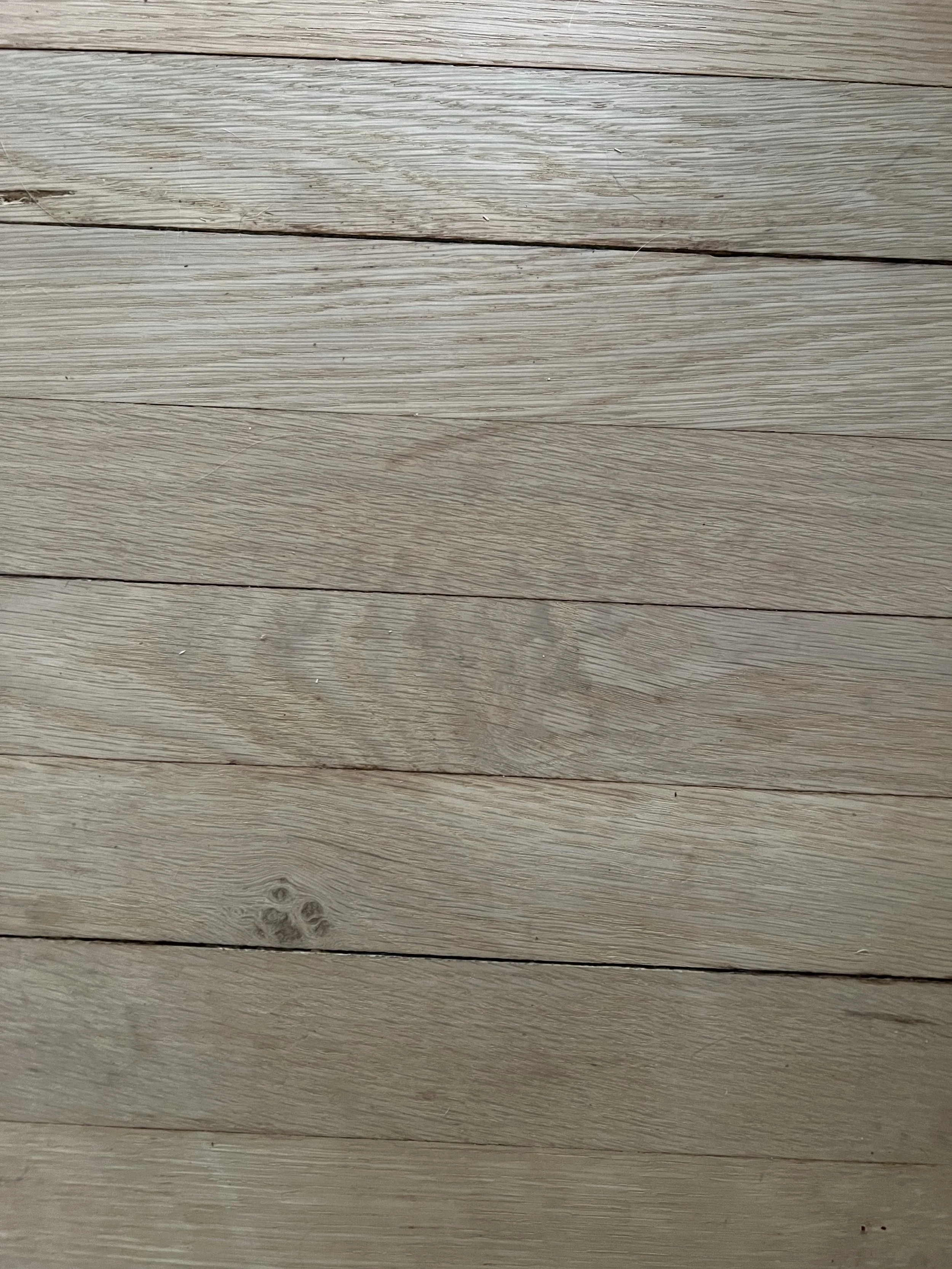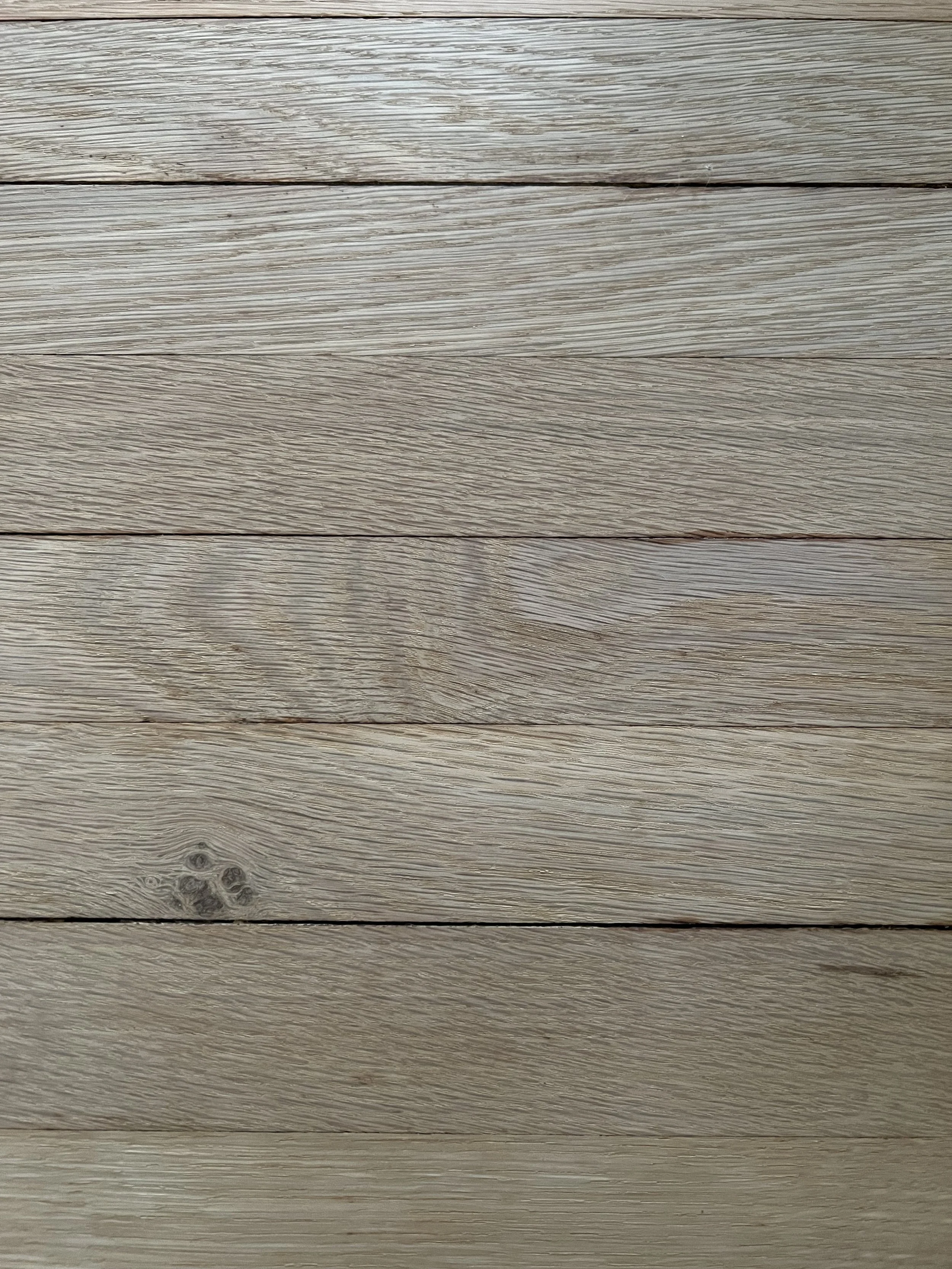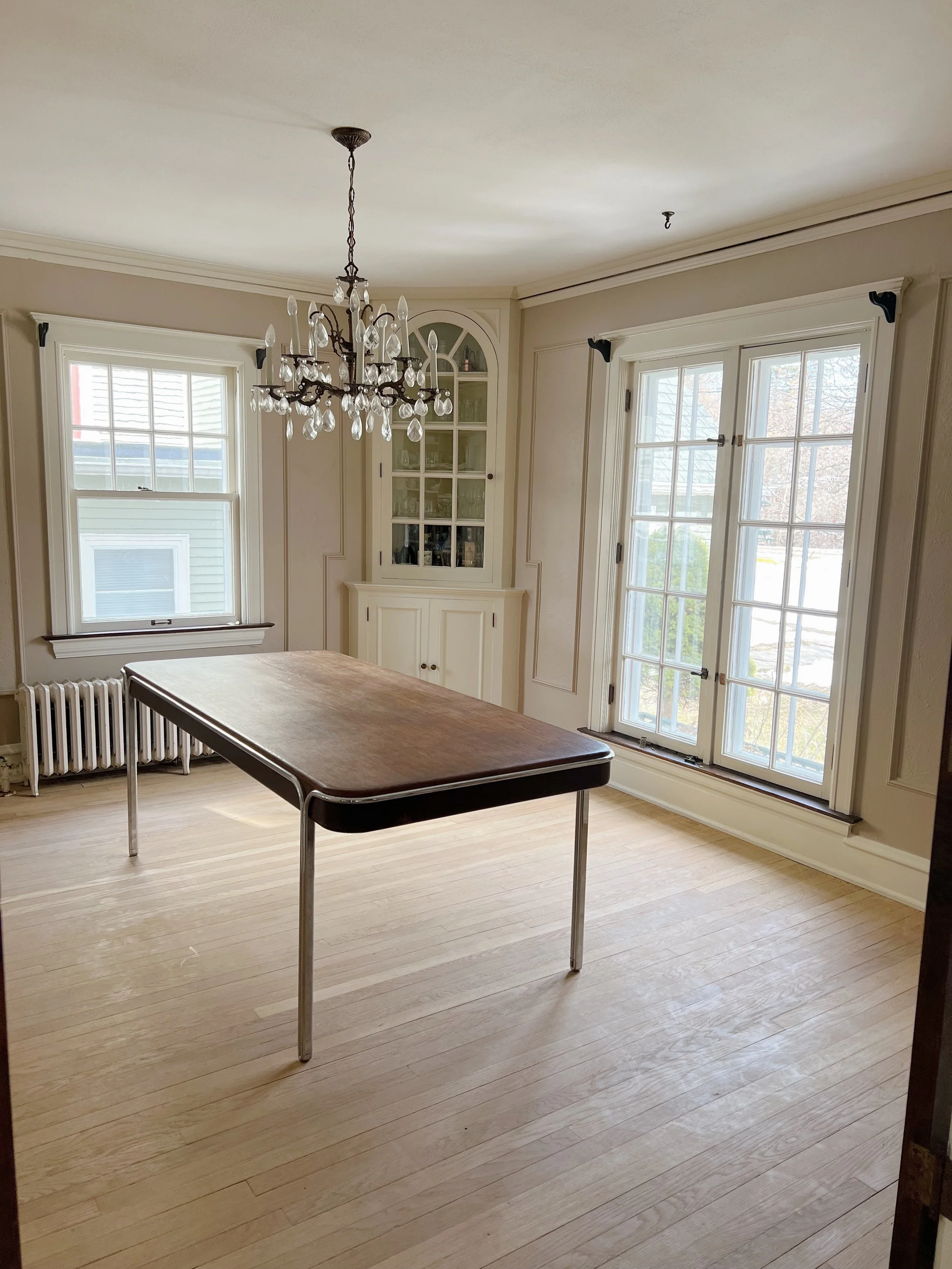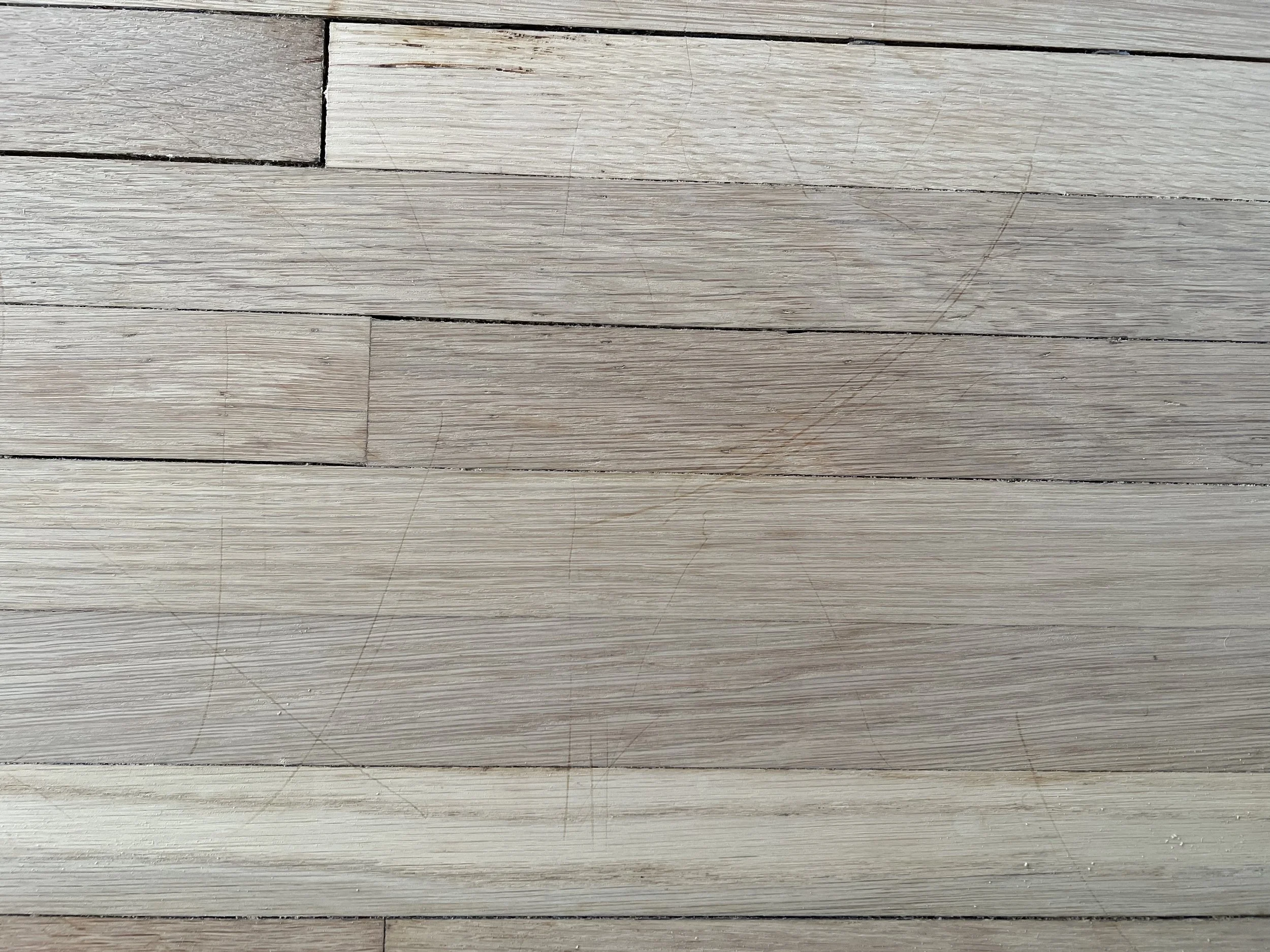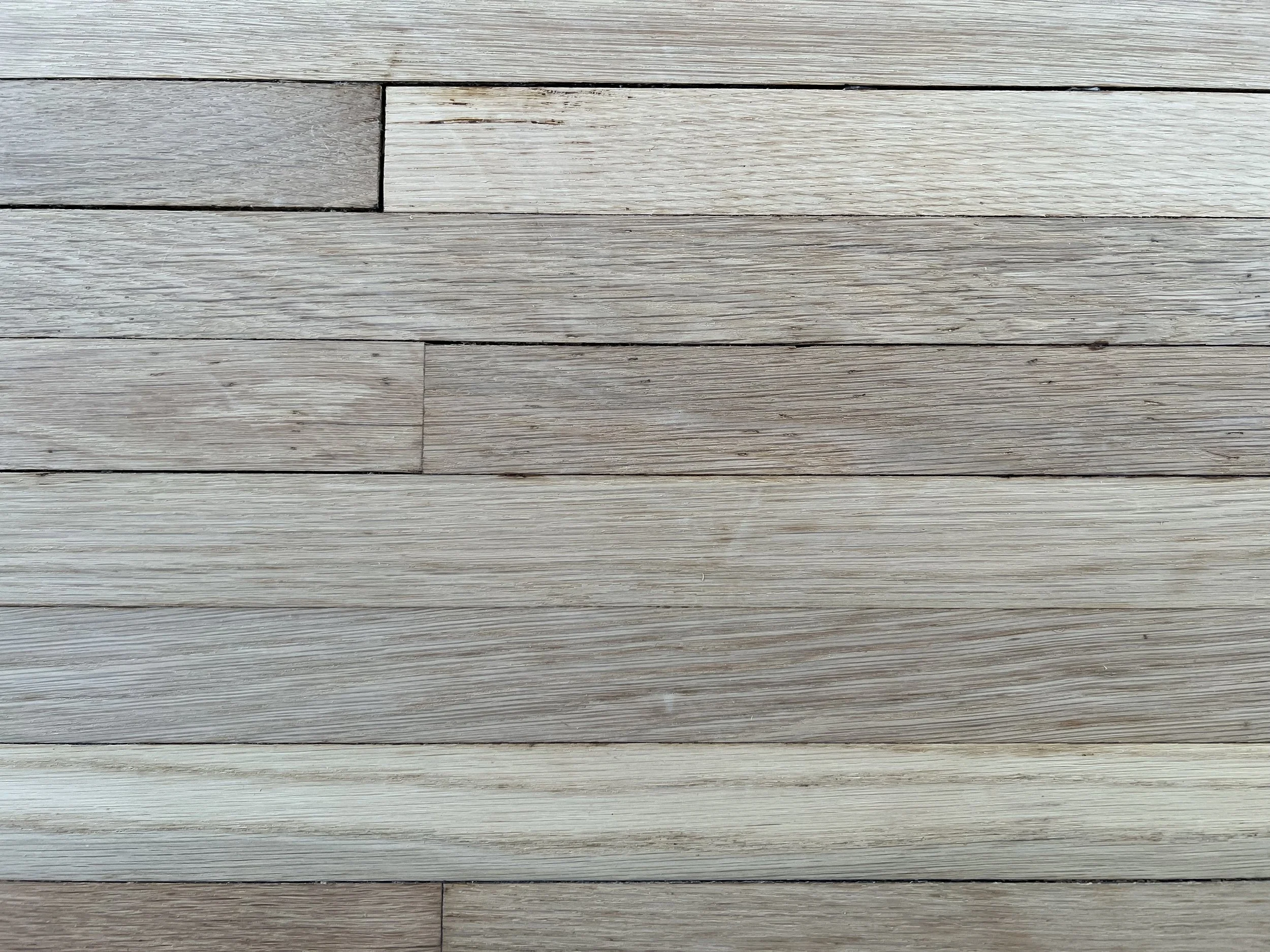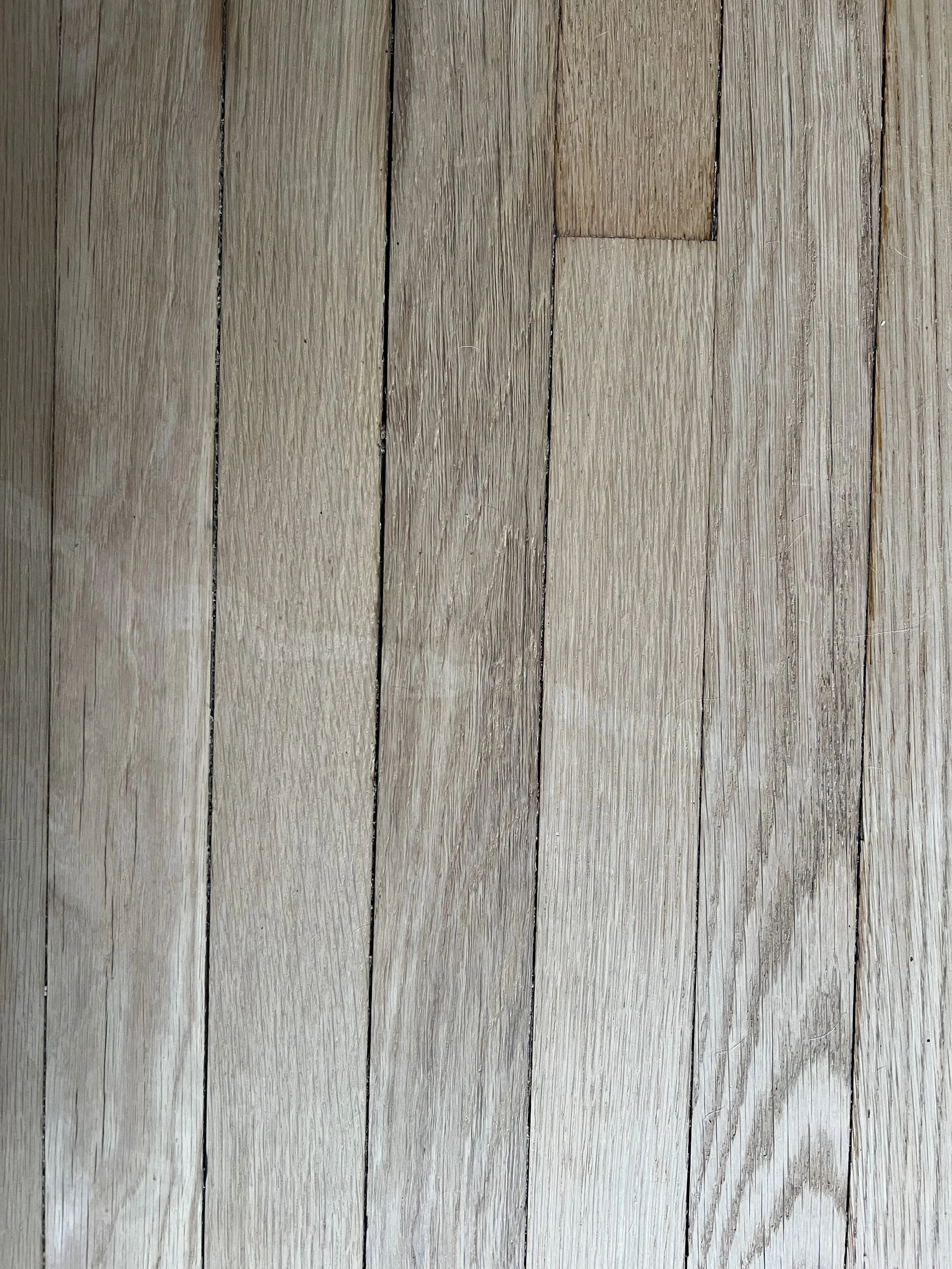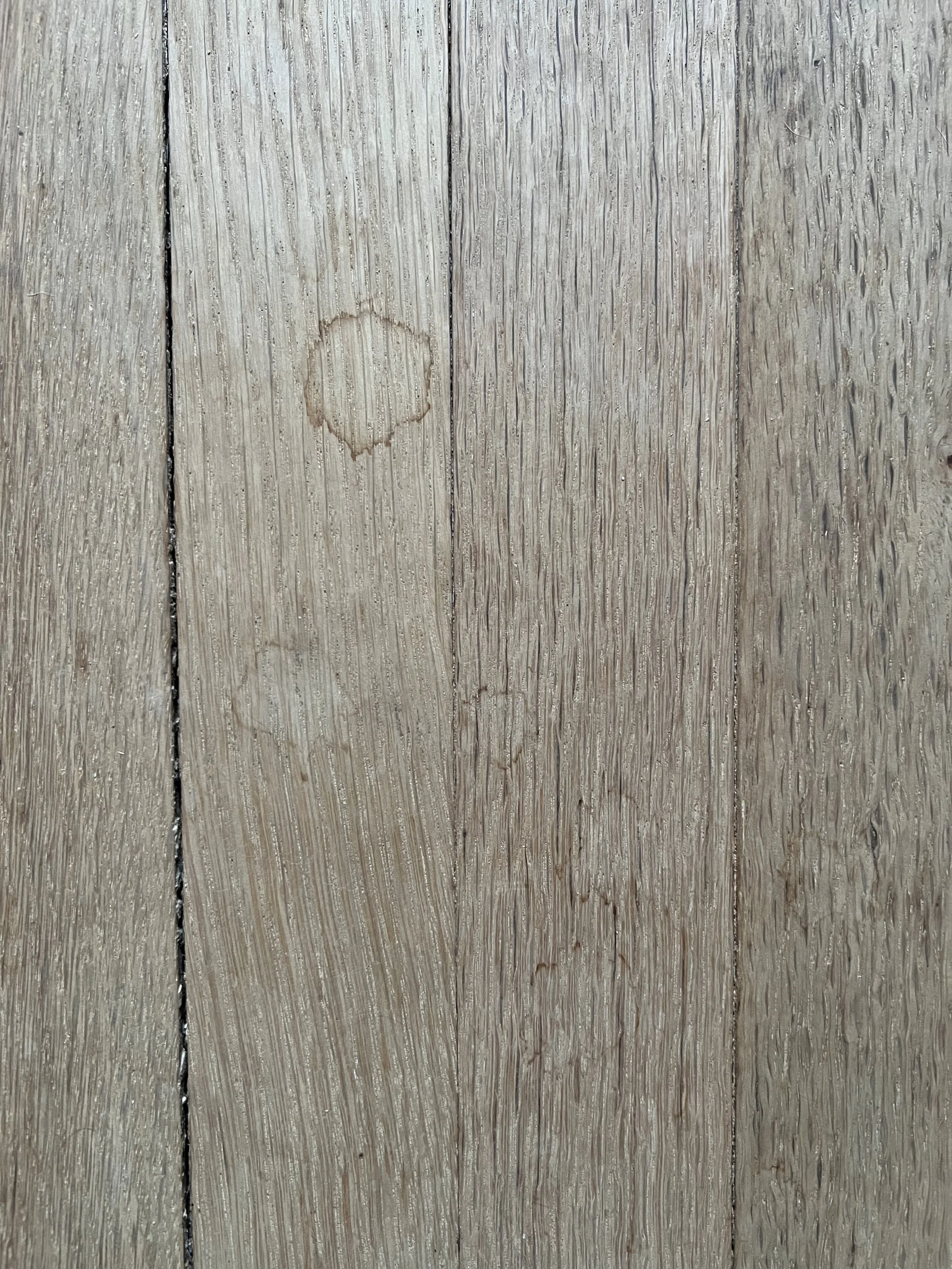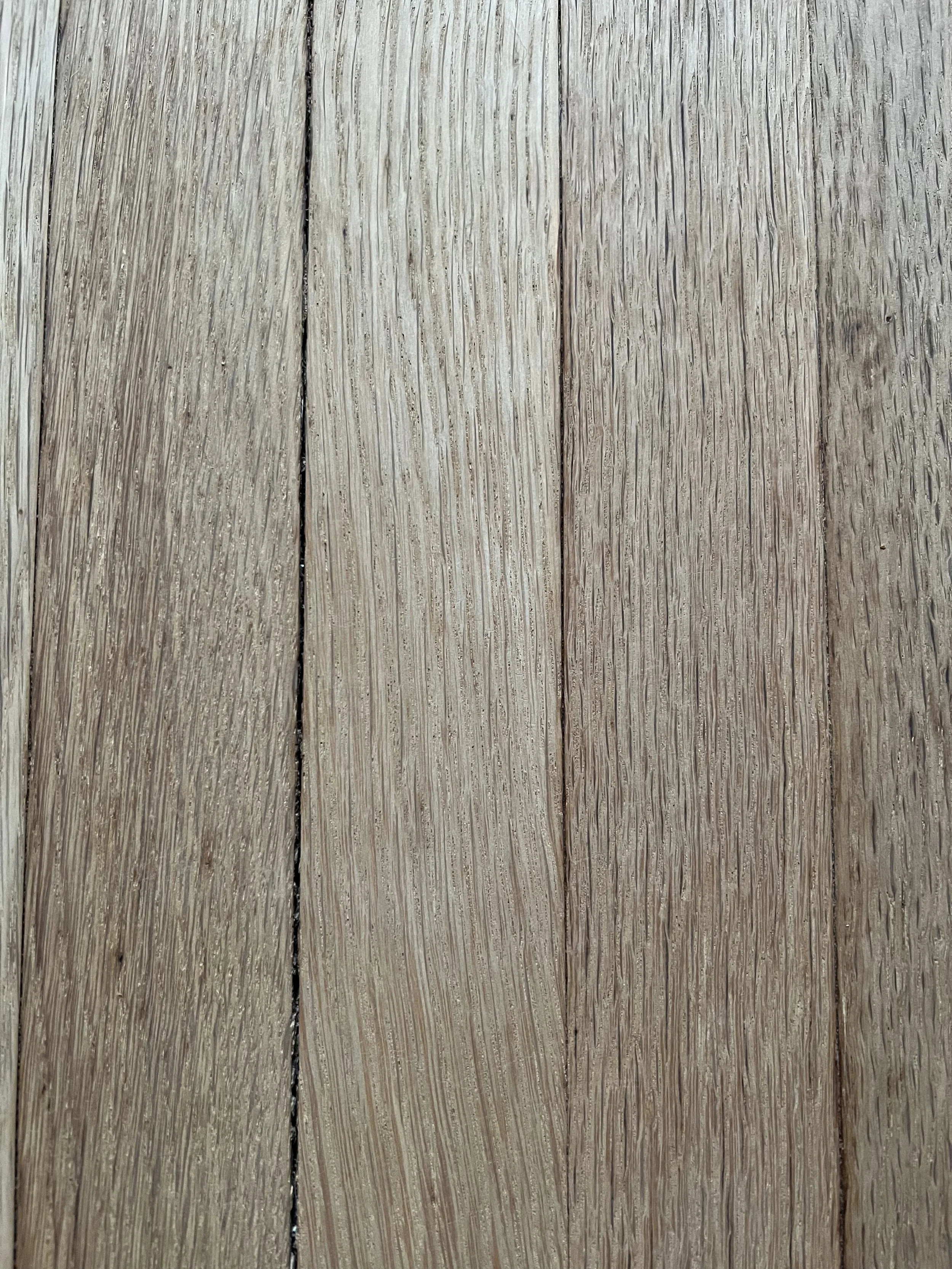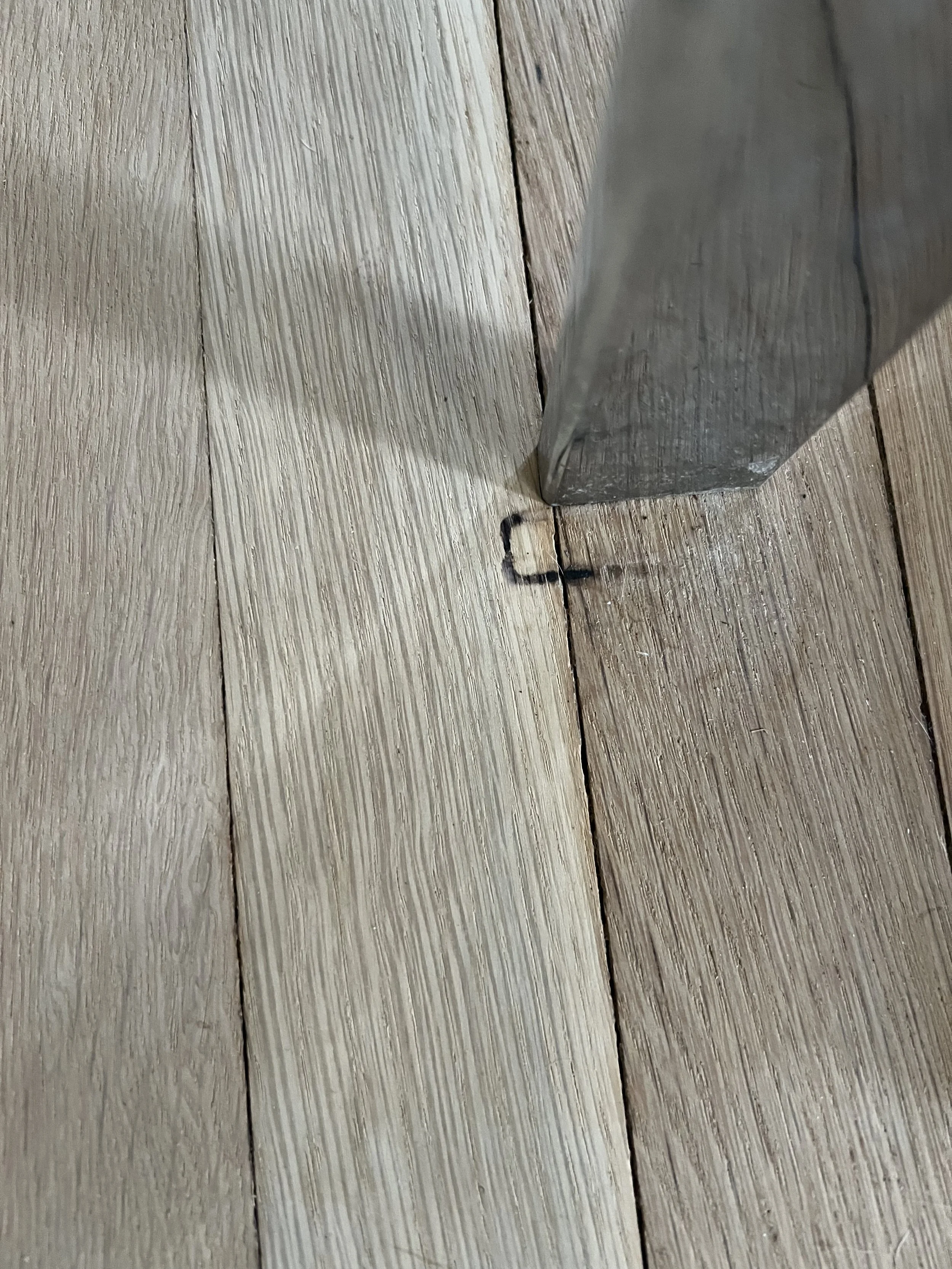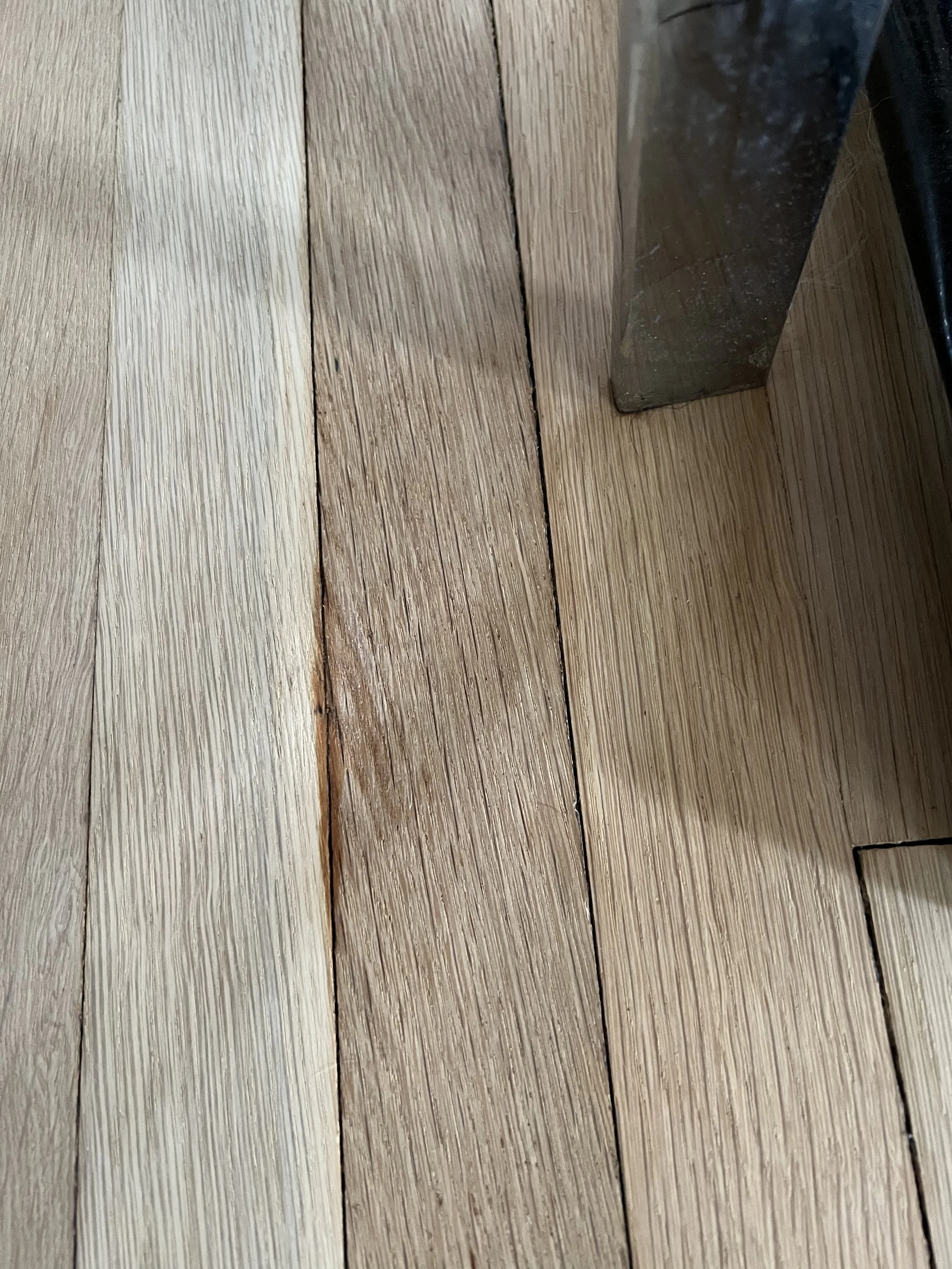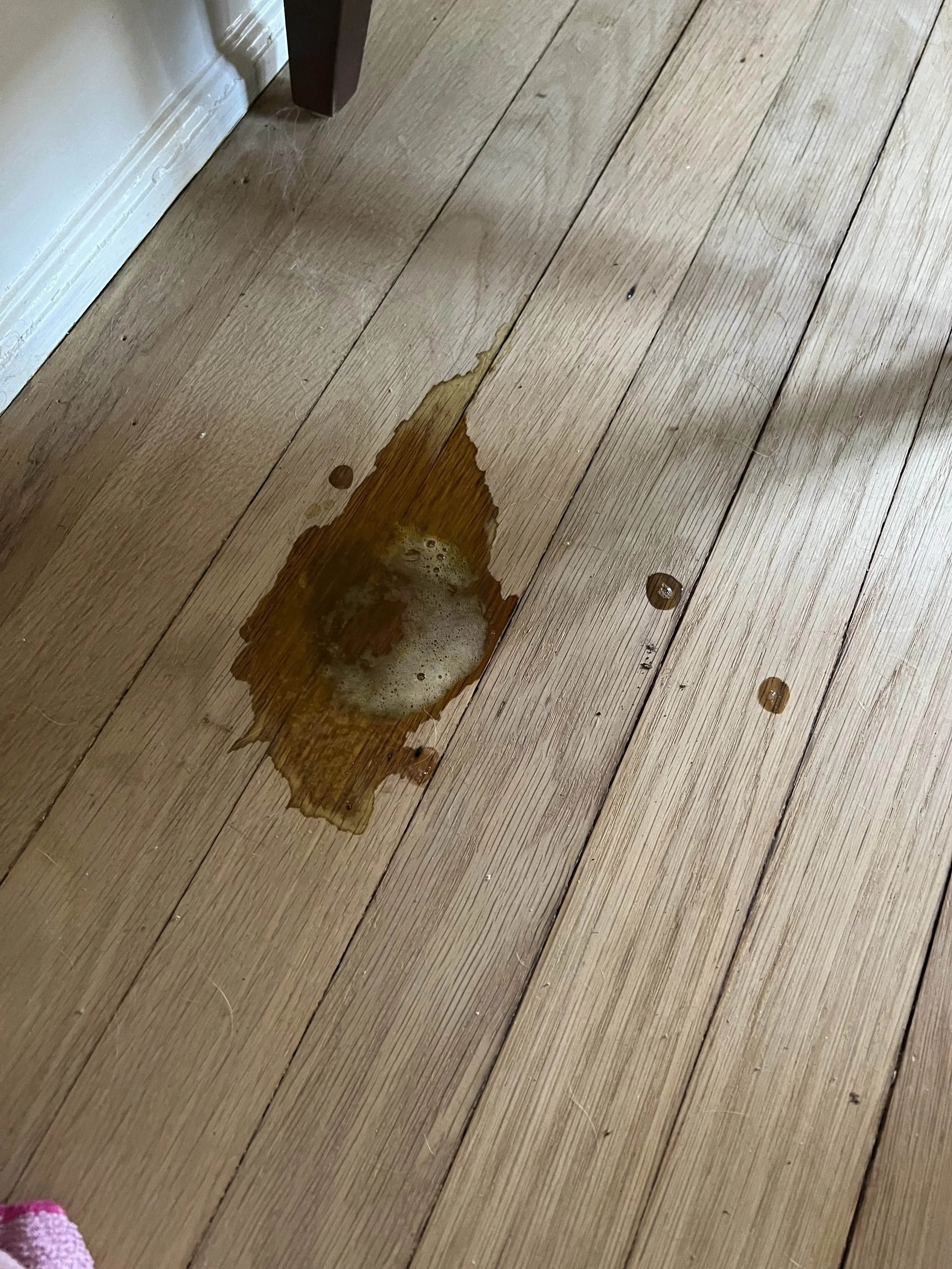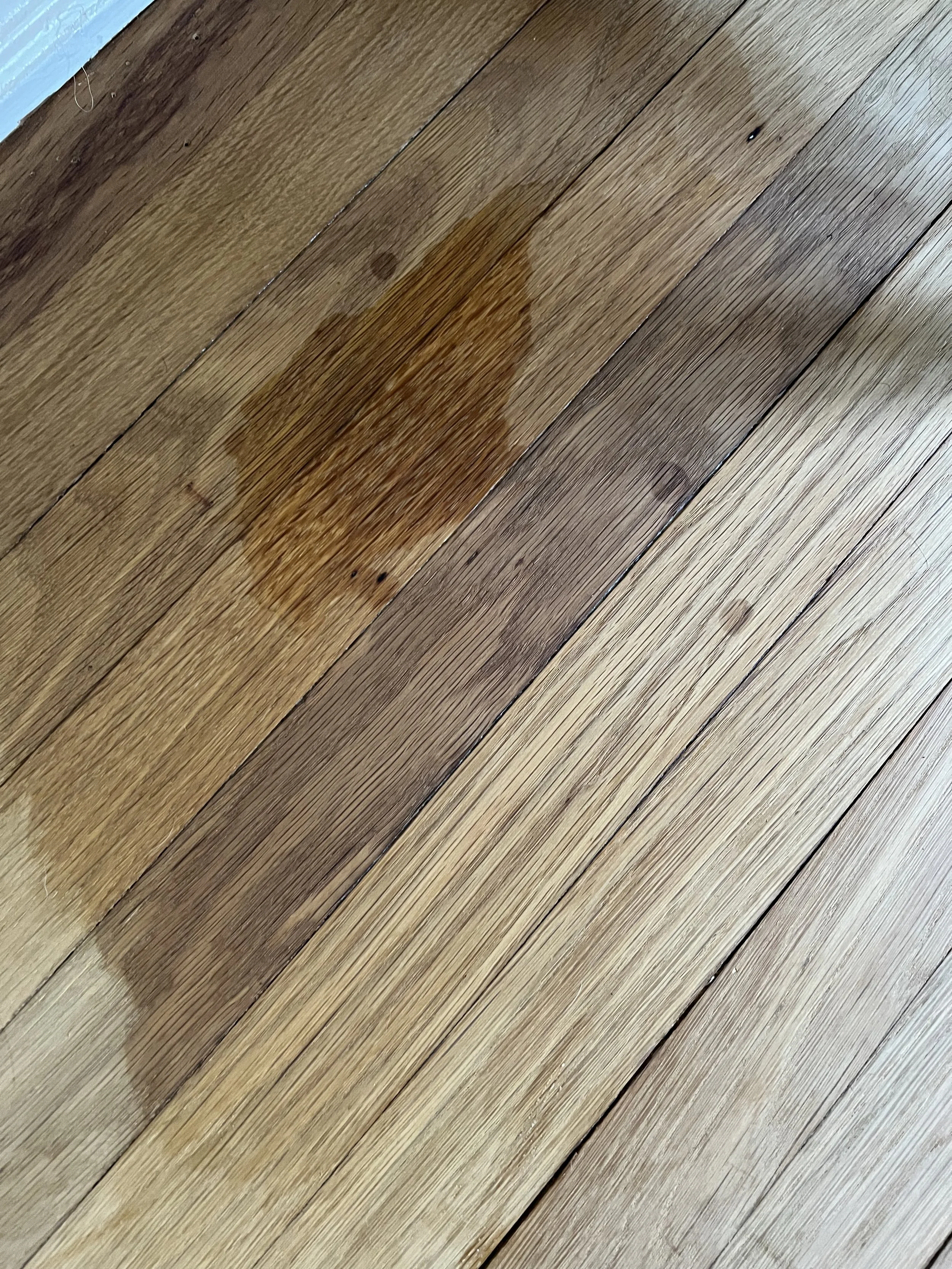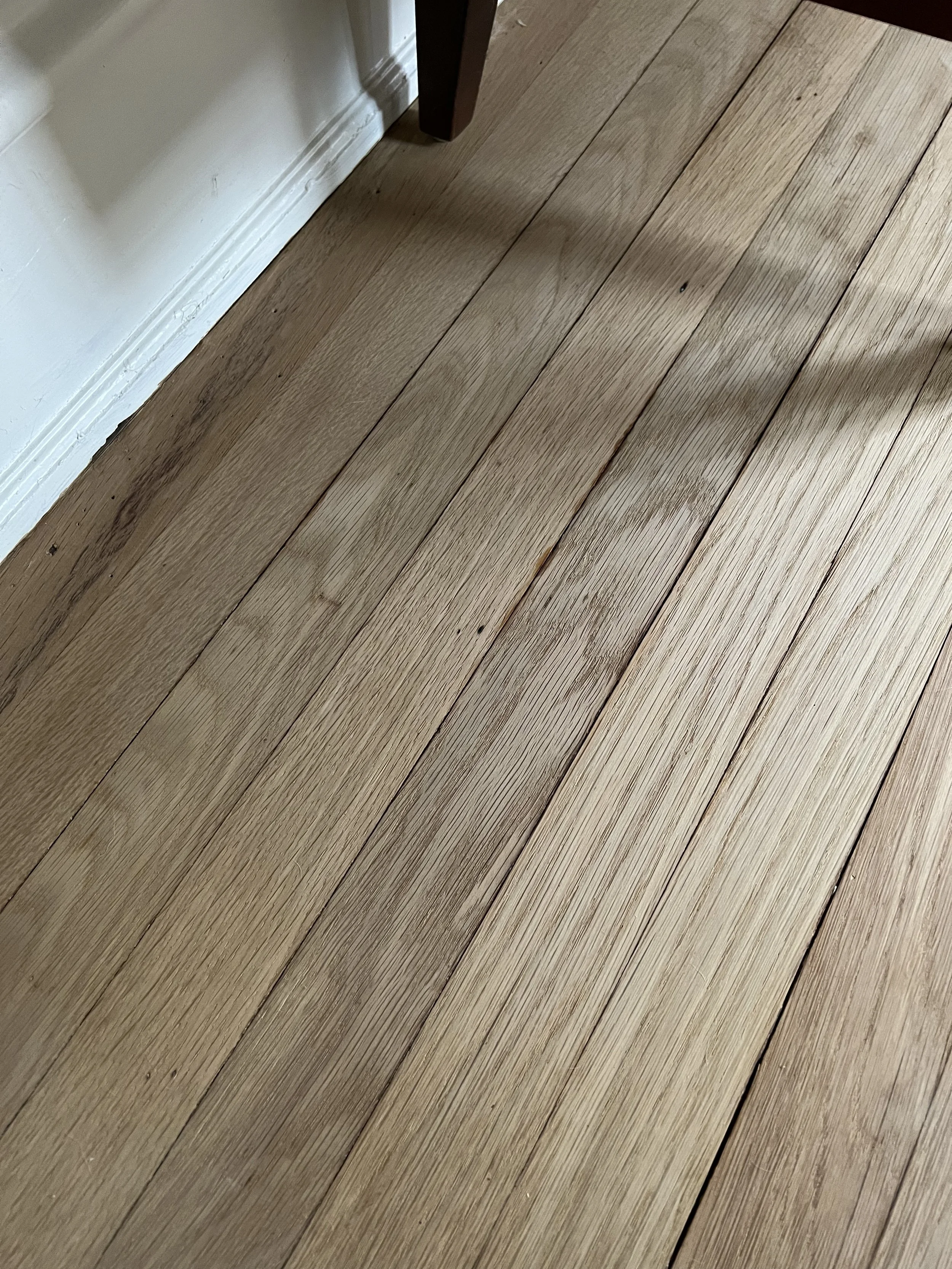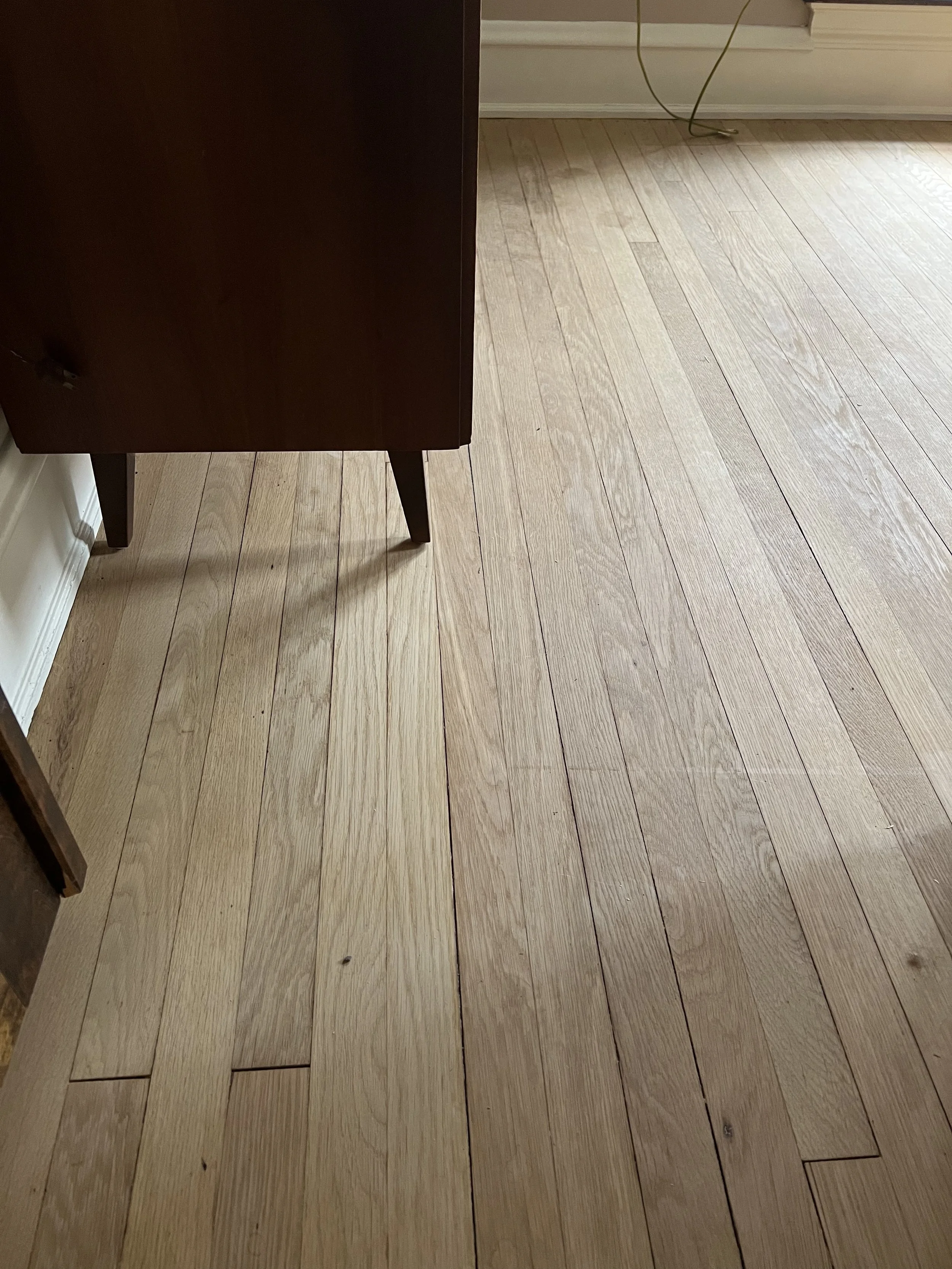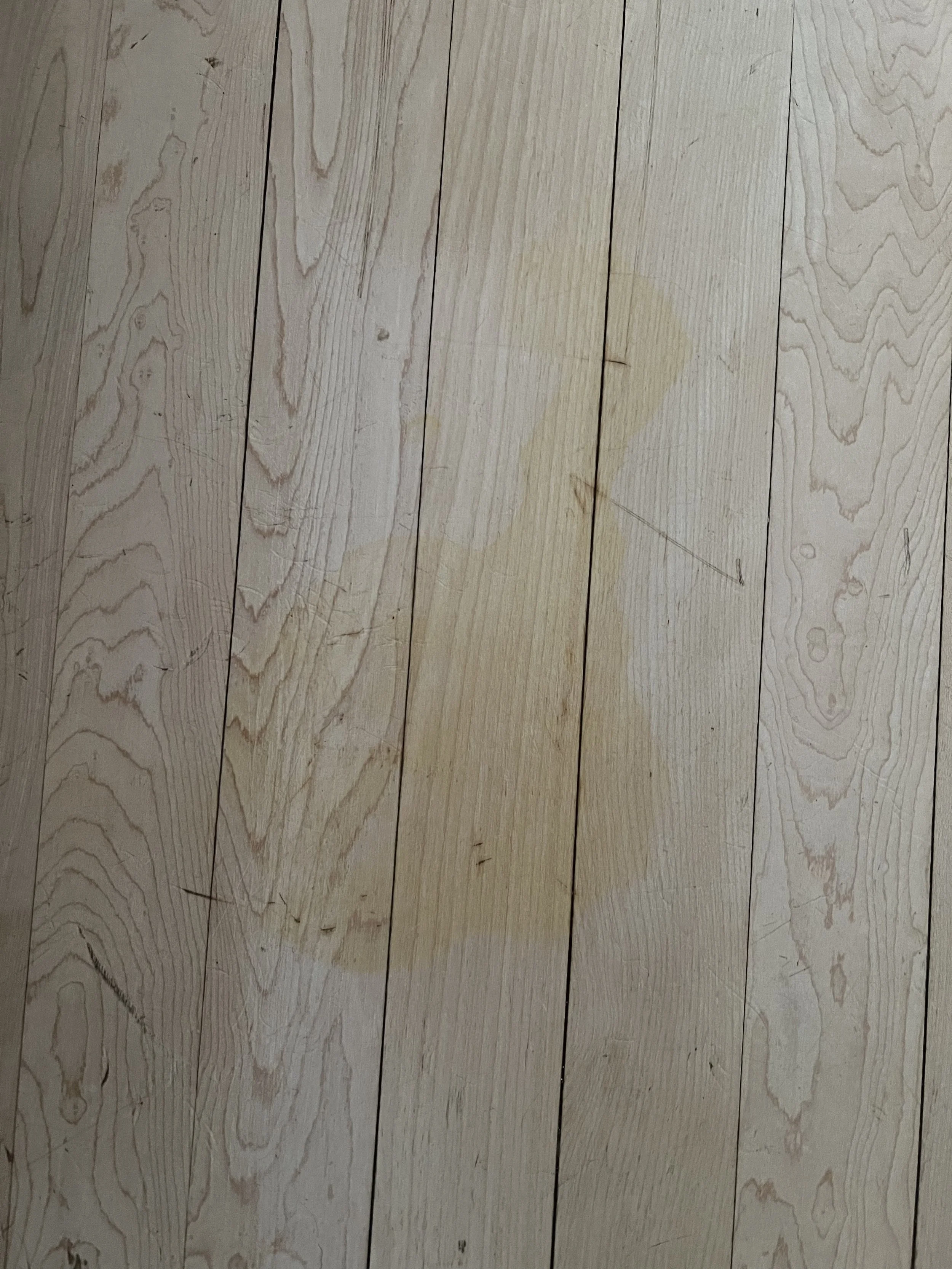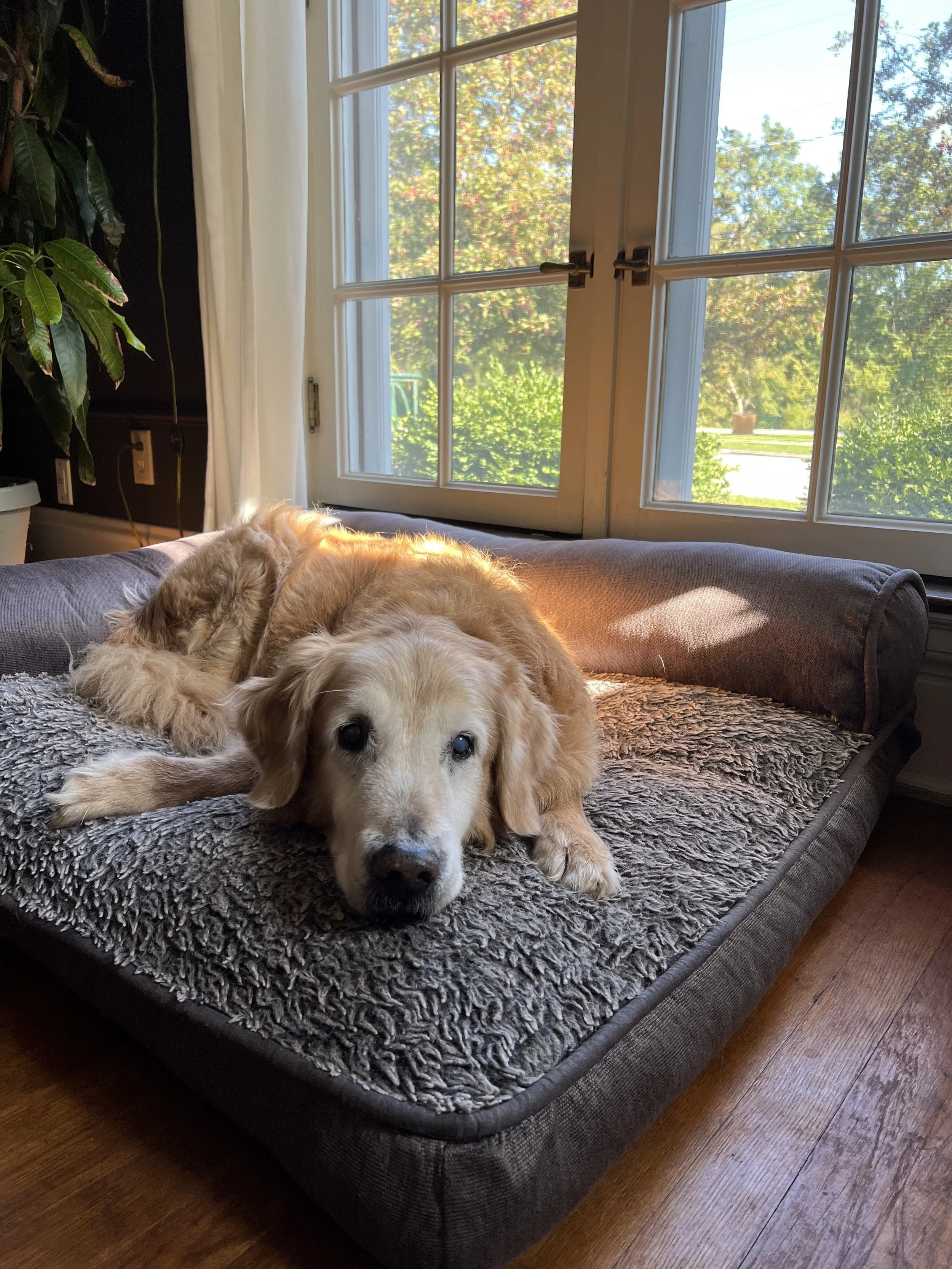are danish soaped floors actually “high maintenance”?
This is a follow up to my earlier post where I discussed how we refinished our red oak floors with a Danish Soap finish. You can read about that here.
Well, folks. It’s been about 6 weeks since we refinished our floors with soap and I come with receipts. If you’ve done any looking into Danish Soaped Floors you know that they are slammed for being high maintenance and impractical. But what does that actually mean? No one actually has any concrete examples or relayed what you can actually expect living with floors finished with soap. So, naturally, I’ve been documenting our experience with soaped floors so that you can get real life, down and dirty examples and decide for yourself whether the labels are earned or not. My goal is to continue updating this page as we experience more trials and tribulations and I can update how the floors have fared, so check back periodically to see if we’ve met our match!
Here’s what I’ve noticed and/or learned so far:
1. The “No Shoes” rule seems like an over exaggeration, but don’t wear dirty shoes in the house.
Like many of you, I’m sure you’ve read the accounts of making your house a no shoes household when you transition to soaped floors. While we have made a concerted effort to wear shoes less, we still do wear shoes in the house. I have a pair of Ugg boots that are my indoor shoes for the winter and Dan has a pair of winter slippers too. These aren’t subjected to the great outdoors, so these don’t leave marks. I’ve also worn my Blundstone boots walking around inside too and haven’t had them leave marks. Dan has a pair of chelsea boots that will leave little faint footprints of the sole, though. Our best guess is that it largely depends on the material of the sole, and, even more so, how much walking that sole has done on blacktop. It seems like the blacktop residue gets on the sole of the shoes and then leaves little dusty marks. The good news? Throw some soap on the footprints and the marks come right off.
You can faintly see the grey-ish tread pattern above the fun knot cluster.
All gone!
2. Your bare feet (or your dog’s/cat’s paws) will leave little shiny marks from the oils of your skin.
This is really only noticeable at certain angles and when the sun is shining just so. If you’re looking down at the floor, though, it still looks like a matte finish. Once again, like #1 , if you soap the floor it restores it to a uniform matte finish. If this bugs you (and I hope it doesn’t, because being barefoot feels so nice on these floors), I would suggest wearing house slippers as much as possible, or you may be someone who ends up soaping their floors weekly.
3. Your dog’s nails will leave little marks (as will sliding furniture around if it doesn’t have a pad under it).
The good news: you soap the floor again, and they all magically vanish. The marks just look like little concentrated shiny spots. Below I have photos of before and after soaping so you can see what I mean!
The little scratch looking darker spots are what I’m referring to. The white-ish haze marks are soap residue.
All gone! Still some soap residue as I haven’t figured out my technique completely.
4. If you’re soaping the floor and you leave a trail of goo behind that you don’t wipe up right away, it will leave the wood whiter than the rest when it dries.
I think you can guess where I’m going with this… you soap it again and it goes away! I’m not sure why this happens but this is a reason not to take an overwhelming glob of jellyfish soap out of the jar and run across the room with it. Only soap in your immediate range of motion!
It looks like a slug passed through town.
5. Your dog drooling/drinking water and splashing will leave little water marks on the wood.
Aaaaand guess what. They come right out.
Before.. a blend of water bowl dribbles + general drool.
After! The small knot on the rightmost board shows this photo is a bit higher.
6. If you soap the floor and the soap makes contact with metal and you don’t dry the metal off, the metal will stain the floor.
We have some metal chairs and found that if you soap the floors and get soap on the metal, the soapy water will pool under the point of the metal where it makes contact with the wood and will leave a stain. This is the first - and only - thing we’ve had happen that hasn’t come out. The good news? You can sand the stain right out and then soap like normal. Either avoid soaping so close to the metal legs/etc or be sure to dry thoroughly after soaping.
For what it’s worth, it took me less than one minute to sand out the stain (by hand) and put a coat of soap on it.
I used 60 grit then passed over with 320. It took maybe 1 minute.
Poof! The orange in the crack is where it was still drying from the soap but I got impatient and took the photo anyway!
the biggest test (so far)
Two words: Dog. Puke. (Fair warning - I’m actually going to show pictures of puke on the wood.)
Our poor 13 year old Golden Retriever has had a rough go of it the past couple months as we’ve been dealing with some chronic pancreatitis. We’ve mostly had it under control, until he had an acute flare up about a month ago, which has meant both explosive diarrhea and bile vomit. We caught one puke on the wood floors immediately after it happened, which we wiped up, sprayed with Linseed Oil Soap (this soap is magical by the way, we use it almost exclusively for all our cleaning), and re-soaped right away. You could not tell it even happened. I was extremely pleased with how our floors fared, and honestly, a little shocked. I had expected at the very least for there to be some discoloration, whether lighter or just some sort of evidence that that had happened, but there was nothing! We’ve managed, since then, to keep most of the puking outside or on the tile floors. Until last week.
He had an episode of throwing up before we left for work and we thought we were in the clear. We were wrong. We came home about six hours later to two piles of almost straight up bile vomit in the living room, and it looked like it had been there awhile. Based on how much drying had occurred, we figured it had been sitting there for anywhere from 3-6 hours. Yikes.
So, I said a prayer, wiped up all the puke. Then sprayed down the floor with diluted Linseed Oil Soap. Once I felt like I had cleaned it all up, I went over it with our soap solution (we always have several cups of pre-made solution on hand) and really scrubbed it for a couple minutes. Then I said a prayer and waited.
You guys.
I cannot even tell that our dog puked there.
Pre-clean up.
Post linseed soap and post soap soap.
All dry!
Can you even tell? Note a couch moving mark on the right (#3) - that also came out with soap! :)
The sheer amount of disappointment cannot be contained in one photo.
UPDATE 5/12/23: While we have made lots of progress with our poor dog, we haven’t nailed down his new diet and protocol quite yet. The upside to this is that his puking is turning out to be quite the grand experiment and really putting different floor coatings to the test. Prior to falling down this rabbit hole, we refinished our maple floor in the kitchen with a water based polyurethane so it would be, you know, indestructible and able to withstand the rigors of daily life! Well, in addition to wearing horribly, (it’s only one year redone and looks like they’ve lived through three children and two dogs and a cat and now all the kids are in high school), they got put to the Bota puke test this morning! Bota, our dog, threw up sometime this morning and I’m guessing it sat there for 1-2 hours. Well, it was easier to wipe off in one fell swoop, but… IT. STAINED.
Yes, you read that correctly. The supposedly fool proof, life proof, stain proof floor coatings that permeate the entire industry are less stain proof than freaking soap and water. Explain that one. Anyway, our floors were looking pretty rough but now it’s a non starter that they have to be refinished. We were thinking that initially we would let the coating on this floor stay until it started failing since we spend so much of our time in the kitchen and it would be nicer to have something “a little more durable than a soap finish.” Since we spend the majority of our time in the kitchen, the the wear and tear is expected to be greater here, but at this point, there is no point! I think I’m going to have to do some food tests on the soaped floors to really get a feel of how well soaped floors will handle the kitchen (I’m thinking curry, marinara, coffee, red wine…), so stay tuned.
Sorry for all the puke pictures.
the verdict: not guilty
For all the hullabaloo surrounding soaped floors and how “high maintenance” they are, I can confidently say, especially after the whole puke ordeal, that this is an unfair label to give these floors. Yes, these floors show the fact that real life™ is happening. Yes, these floors reflect that actual human and animal life is living on them. But at the end of the day, the copious amount of worrying and babying seems unwarranted. This means of finishing floors has been around for centuries - generations of people in Scandinavia finished their floors like this, and homes today still have their original wood soaped floors intact as proof of a worthy finish. And I can all but guarantee those floors saw some tough stuff.
I will preface here that Dan and I went into this experiment with the expectation that these floors would not perform as they would if they were a polyurethane finished floor. We did not expect nuclear proof floors (and, side note, there is no such thing *cough* vinyl plank flooring *cough*) and so we were not surprised when they didn’t behave like them. This experiment was a no BS, straight shooting look at how this finish performs under the rigors of daily life with a dog who has been exploding from both ends, because we want to see if the beauty and ease of this finish is worth the extra maintenance and care over the long run.
Sassy 5/12/23 update comment here - the above paragraphs just seem like utter BS now seeing as how poorly the poly failed compared to the soap. Maybe you guys with oil based poly floors are better off, but I am not willing to tolerate the environmental/air quality consequences, not to mention I did not want yellowed out maple floors.
We’re happy to say that it performs well, looks beautiful, and feels beautiful. We are very happy with our decision and feel like it is an appropriate finish to recommend as long as you are aware of what this floor will entail and that you have reasonable expectations going into this. This floor is set up to patina and age beautifully, and the wear and love of human feet will only add to the character of this 98 year old home. We expect that at some point we will contribute to the scars and stains and scratches that didn’t come out with a 20 grit drum sander. That’s just a part of life.
Sure, you could opt for a plastic poly finish on your floors. But while you will either fork out the money to re-sand or spend the time and labor re-sanding yourself to refinish all of your floors when the finish inevitably fails (as you cannot spot repair or refinish with those coatings), we are one and done with this floor. Barring any catastrophic exploding red wine marinara bombs, we shouldn’t have to sand ever again. Just soap and spot treat as necessary. That, my friends, sounds luxurious.
We hope that this detailed list of what to expect when you’re finishing with soap helps you make informed decisions about refinishing your floors! As always, feel free to shoot us any questions or comments you may have, we hope that our limited experience here might be of help to you!
Best of luck,
rachel & dan

